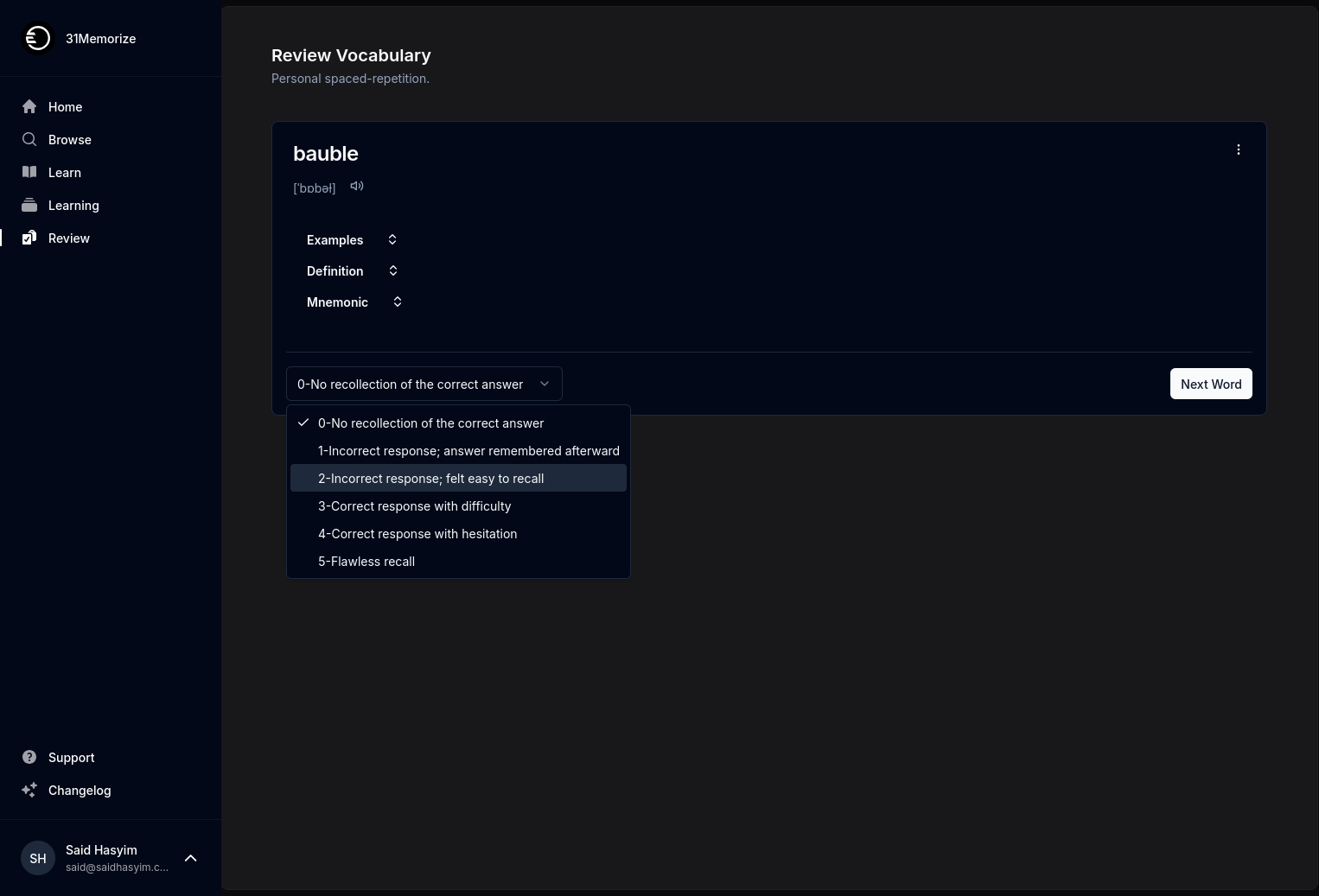Navigating the World of Book Ratings
In an age where information is abundant and choices are seemingly limitless, the world of literature can often feel overwhelming. With countless titles released each year, readers can be left wondering which books deserve their time and attention. This is where book ratings come into play. From star systems to numerical scales and personal reviews, book ratings offer crucial insights that can help readers make informed decisions. In this blog post, we’ll explore the different rating systems, the significance of ratings for readers and authors, and some tips for evaluating books beyond their scores.
Understanding Different Rating Systems
Book ratings can be found on a variety of platforms, and each platform has its own method of assigning ratings. Here are some common types of rating systems:
1. Star Ratings
Star ratings are perhaps the most recognizable form of book ratings. Typically based on a scale of 1 to 5 stars, this system evaluates books in a straightforward manner. A five-star rating often indicates a masterpiece, while a one-star rating suggests a book that falls short of expectations. This simplicity makes it easy for readers to quickly gauge general reception.
2. Numerical Ratings
Numerical ratings usually favor a 10-point or 100-point scale, allowing for more nuance in the evaluation. For example, a book receiving an 8/10 can indicate a good read, while a 5/10 may suggest mediocrity. This granularity can help differentiate between books that are merely enjoyable and those that are truly exceptional.
3. Review Aggregation
Some platforms aggregate ratings from various reviewers to provide an overall score. This collective approach can lend credibility, especially in cases where individual ratings might skew based on personal bias. It can also provide context by showing how multiple readers perceive a book.
4. Written Reviews
While numerical scores and stars provide a quick overview, written reviews capture the nuances of a reader’s experience. These reviews can highlight specific strengths and weaknesses, context for the rating, or a personal connection to the book. They are invaluable for readers who want to dive deeper into a book's content and impact.
The Role of Ratings in Readers' Choices
Ratings serve several important purposes for readers:
1. Time-Saving
In a world with countless options, ratings allow readers to quickly assess whether a book is worth their time. With limited hours in a day, many readers use ratings as a shortcut to identify titles that have resonated with others.
2. Finding Similar Books
Readers often gravitate toward books that have received high ratings from their favorite genres or authors. By seeing the ratings of books similar to those they've enjoyed in the past, they can discover new titles that align with their tastes.
3. Community Engagement
Book ratings foster a sense of community among readers. Engaging with reviews, discussing ratings, and sharing opinions about books can create dialogue and connection among those who love literature.
The Importance of Ratings for Authors
While ratings primarily serve readers, they can also have significant implications for authors:
1. Visibility and Marketing
Higher ratings generally improve a book's visibility. Books with strong ratings are often featured in recommendations, curated lists, or algorithms that boost their prominence in catalogs. This visibility can translate into increased sales, making ratings a critical aspect of book marketing.
2. Constructive Feedback
Ratings and reviews offer authors feedback they can use in future writing endeavors. Understanding what resonated with readers and what did not helps authors refine their craft, ensuring they evolve with their audience’s preferences.
3. Validation and Motivation
For many authors, positive ratings and reviews serve as validation for their work. Knowing that readers appreciate their stories can motivate authors to continue writing and push their creative boundaries.
Navigating Ratings: Tips for Readers
While book ratings can be tremendously helpful, it's essential to approach them with a critical eye. Here are a few tips for navigating the rating landscape:
1. Look Beyond the Numbers
A high rating doesn’t necessarily guarantee that a book will resonate with you personally. Every reader has unique tastes, and individual preferences may not align with popular opinion. Consider reading reviews to gauge whether a book's themes, style, and content suit your interests.
2. Assess the Critics
Not all ratings are created equal. Some reviews may come from authors with little expertise in the genre, while others are written by avid readers with a deep understanding of literary elements. Look for reviewers whose opinions you respect and trust.
3. Be Aware of Trends
Sometimes, books receive inflated ratings due to pop culture phenomena or marketing hype. Be cautious of trends that might skew a book’s rating. A book might be rated highly because it’s "the book everyone is talking about" rather than due to its inherent literary merit.
4. Personal Connection
A book’s rating might not reflect your personal connection to it. Many readers have loved books that received poor ratings. Your experience may differ dramatically from the masses, so don’t shy away from titles that intrigue you, even if they aren’t highly rated.
5. Trust Your Instincts
Ultimately, trust your instincts. If a book appeals to you from the cover, blurb, or initial pages, give it a chance regardless of its rating. Every reader's journey is unique, and what might not work for someone else could become a personal favorite for you.
Conclusion
Navigating the world of book ratings is an art in itself. With an understanding of the various rating systems and their implications, readers can make informed choices that enhance their reading experiences. Remember that ratings are a guiding tool, not a definitive rule. As you explore literature, find joy in the stories that resonate with you—whether they are critically acclaimed or hidden gems waiting to be discovered. Whether you are a casual reader or a literary aficionado, your personal reading journey is what matters most in the end. Happy reading!
